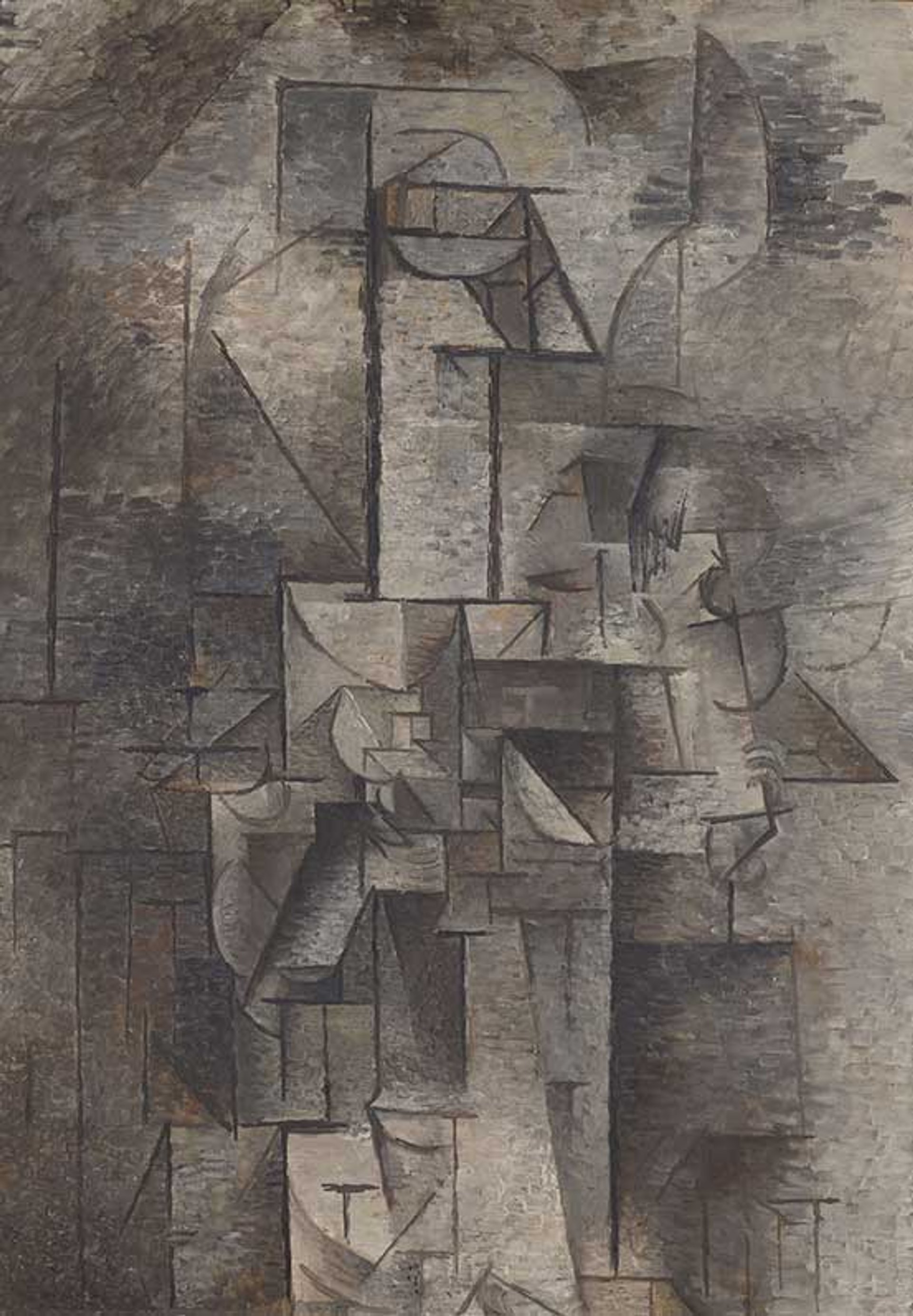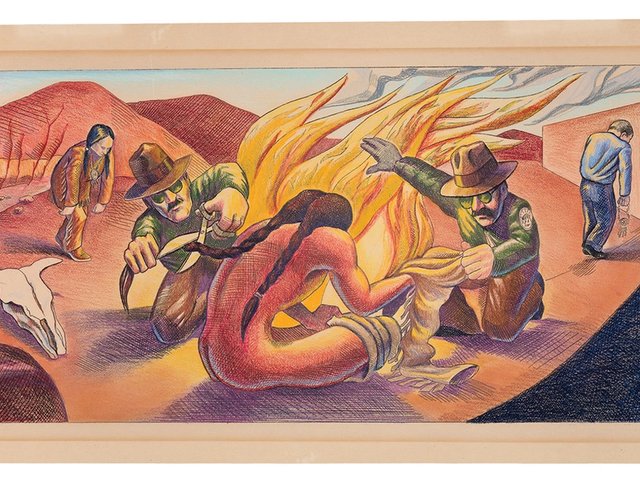Artemisia Gentileschi’s Penitent Mary Magdalene (1625-26)
Kimbell Art Museum, Fort Worth
Artemisia Gentileschi’s half-length depiction of a seated Mary Magdalene in a traditional pose of melancholy, with her eyes reddened from crying, became famous in 17th-century Spain when it was displayed by Fernando Enríquez Afán de Ribera, the third Duke of Alcalá and Viceroy of Naples, at his residence in Seville. He had acquired the painting while serving as Spanish ambassador in Rome in 1625-26. Copies are held today in Seville Cathedral and the Museo Soumaya in Mexico City, but the original was only recently identified in a private American collection. The Kimbell Art Museum purchased it through the New York dealer Adam Williams after searching for years for “the right painting” by Gentileschi, according to the museum’s director, Eric
Lee. “Nothing compares with seeing the newly rediscovered, emotive original in person, with its bold design, delicate brushwork, and subtle variations of light and shadow,” he said.

Courtesy Stedelijk Museum and Centraal Museum
Nan Goldin’s Memory Lost (2019-21)
Stedelijk Museum, Amsterdam, and Centraal Museum, Utrecht
Two Dutch museums have jointly acquired Memory Lost (2019-21), Nan Goldin’s intense photographic slideshow portraying “the shadow-side of drug addiction” that is exhibited in her major touring retrospective, opening in Berlin on 23 November. Composed of hundreds of stills and footage from Goldin’s vast archive, including intimate conversations with her friends, the 24-minute slideshow explores addiction and withdrawal. In a 2023 interview, the artist described Memory Lost as a statement intended to destigmatise drug use, but also a way to “understand myself” and a tribute to “the people I love”. It now joins several works by Goldin in the collection of the Stedelijk, which supported the artist early in her career and hosted her retrospective last year. The Centraal Museum is displaying the work on 8-9 November as part of Le Guess Who? music festival.

Bayerische; Staatsgemäldesammlungen; Haydar Koyupinar; © Succession Picasso/VG BildKunst, Bonn. Courtesy Pinakothek der Moderne
Pablo Picasso’s Femme au violon (1911)
Pinakothek der Moderne, Munich
The German dealer Heinrich Thannhauser gave a young Pablo Picasso his first large retrospective in Munich in 1913, including the Cubist painting Femme au violon (1911). A coalition of sponsors has now bought the painting for the city’s Pinakothek der Moderne, where it had been on loan from a private collection since 2014. It is now on show alongside two earlier Cubist works by Picasso that featured in Thannhauser’s exhibition and were acquired by the Bavarian state collections in the 1970s. The purchase of Femme au violon, for an undisclosed sum, was described as one of the largest museum acquisitions in Germany in recent decades. Support came from the state of Bavaria, the federal culture ministry, the Kulturstiftung der Länder, the Ernst von Siemens Art Foundation, the Würth Group and a private patron, Fritz Schäfer.




